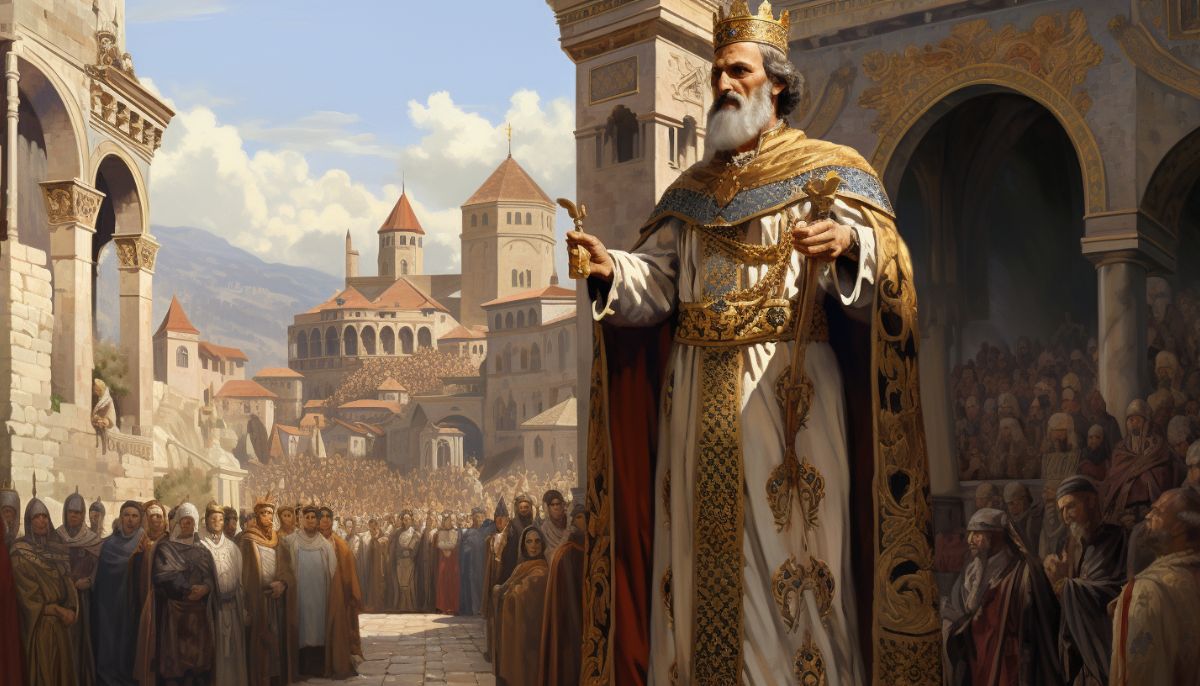Welcome to a journey through the annals of history, where we explore the grandeur of the Byzantine Empire through the eyes of its most influential leaders.
Spanning over a thousand years, this empire was the crucible of culture, art, and politics, standing as a beacon of civilization in the medieval world.
In this article, we dive into the lives and legacies of the ten greatest Byzantine emperors, each of whom left an indelible mark on this majestic empire.
From the strategic brilliance of Basil II to the cunning diplomacy of Alexios I Komnenos, we will uncover the stories of these rulers who navigated tumultuous times with resilience and foresight.
Join us as we traverse the corridors of Byzantine history, unraveling the tales of power, intrigue, and survival that shaped this enduring empire.
not on our list
Our criteria for selection begin after the fall of the Western Roman Empire, marking the dawn of the Byzantine era. Consequently, emperors like Constantine the Great, who played pivotal roles in earlier Roman history, are not considered here.
Additionally, our list excludes some famous names, including Justinian I. Despite being a transformative ruler with significant accomplishments, Justinian’s reign had considerable drawbacks.
The Nika Riots, a devastating event in Byzantine history, occurred under his rule. His involvement in religious affairs, particularly Christianity, and his tumultuous relationship with Belisarius, one of Rome’s greatest generals, further complicated his legacy.
10. Constantine V
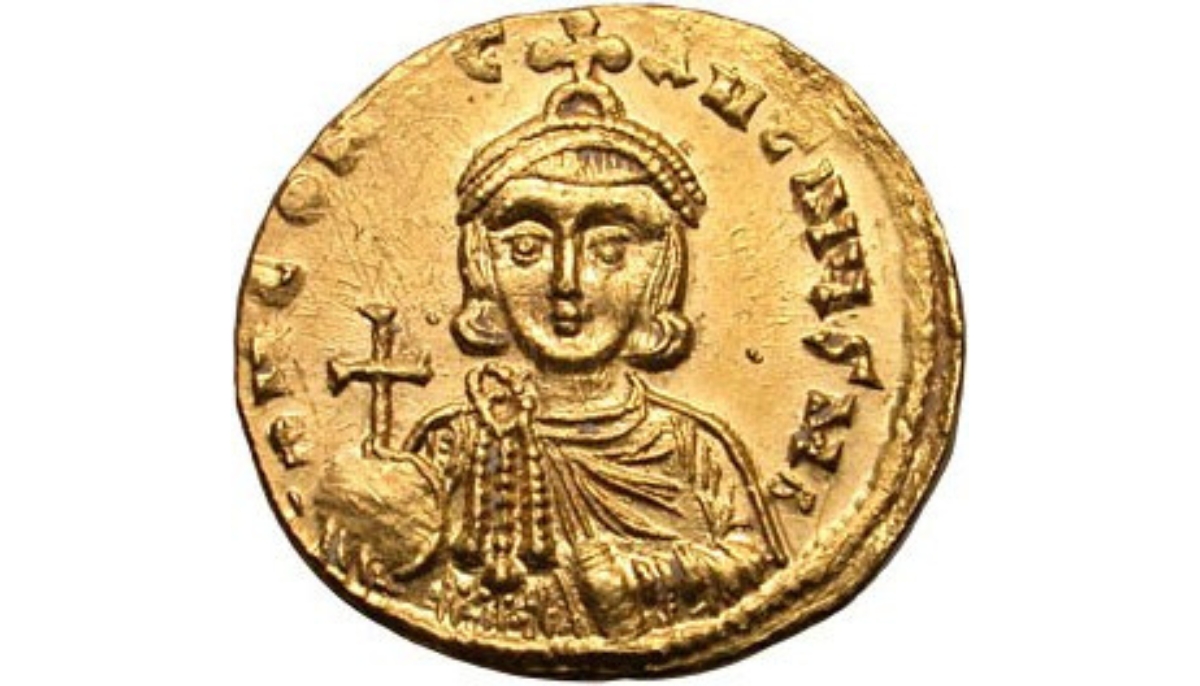
- Reign: 741 to 775
- Dynasty: Isaurian
Constantine V of the Isaurian dynasty holds the tenth spot on our list of the greatest Byzantine emperors.
Military success
One of his notable military successes was the recapture of Cyprus. This strategic victory played a crucial role in stabilizing the empire’s boundaries. Moreover, Constantine V’s policies in resettling Christians in Thrace contributed to pacifying and stabilizing this vital region.
Constantine V’s proactive approach extended to offense as he raided the Arab Caliphate. His strategy of destroying old fortresses on the Eastern Front further stabilized the empire’s frontiers, showcasing his military acumen.
Administrative reforms
His administrative skills shone through in fiscal and military reforms. He reorganized the theme system, a crucial administrative and military structure that played a pivotal role in preventing revolts and enhancing the empire’s defense capabilities.
Under his rule, the empire amassed incredible wealth, reflecting his effective governance and strategic planning.
However, Constantine V’s legacy is somewhat marred by his iconoclastic views. His stance against the veneration of icons led to significant religious controversy, which affected his reputation in later historical accounts.
Despite this, his achievements in stabilizing and enriching the Byzantine Empire are undeniable, earning him a rightful place in our top ten list.
9. Heraclius
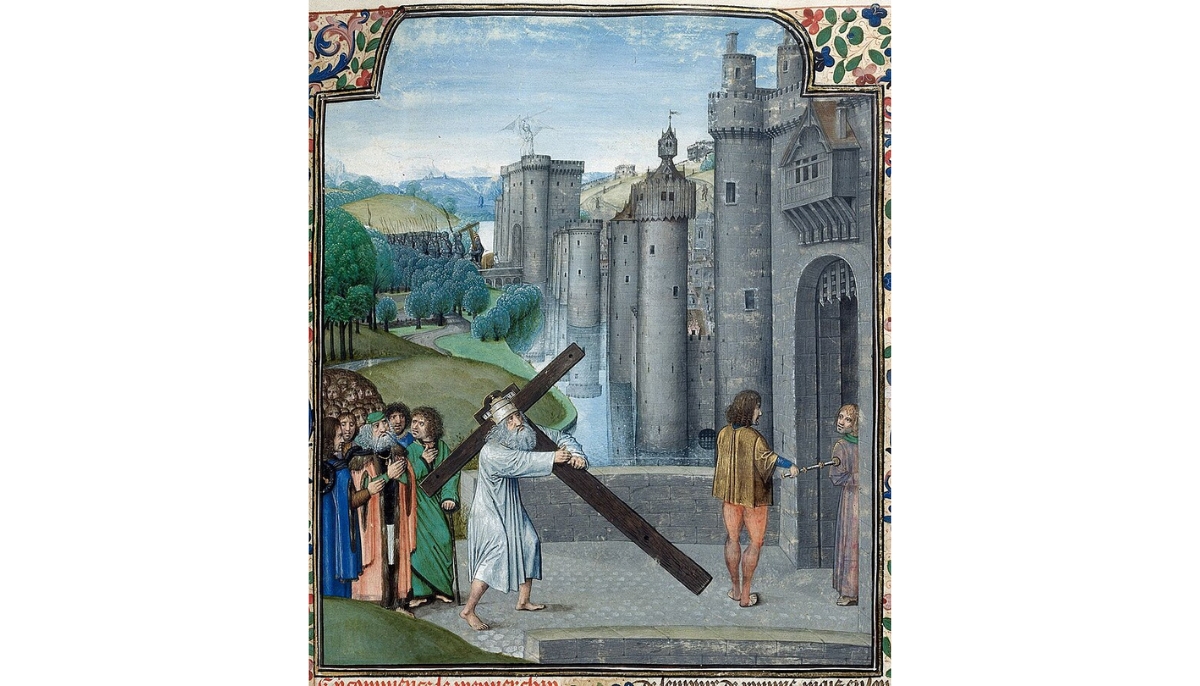
- Reign: 610 to 641
- Dynasty: Heraclian
Heraclius is remembered as a complex figure in Byzantine history. His reign began tumultuously with the overthrow of the tyrant Phocas, and he inherited an empire riddled with instability and at war with Sassanid Persia.
Poor start as Emperor
Significant setbacks marred the early years of Heraclius’ reign. The Persians conquered Mesopotamia and Syria while also penetrating into Anatolia.
Heraclius’ initial counterattacks were unsuccessful, leading to further losses, including Egypt and Palestine. Simultaneously, the Avars and Slavs devastated the Balkans, pushing the empire to the brink of collapse.
The situation grew dire, with the Persians reaching the gates of Constantinople. Heraclius even considered becoming a client to the Persian Emperor Khosrow II, who declined the offer.
Rebuilding the Empire
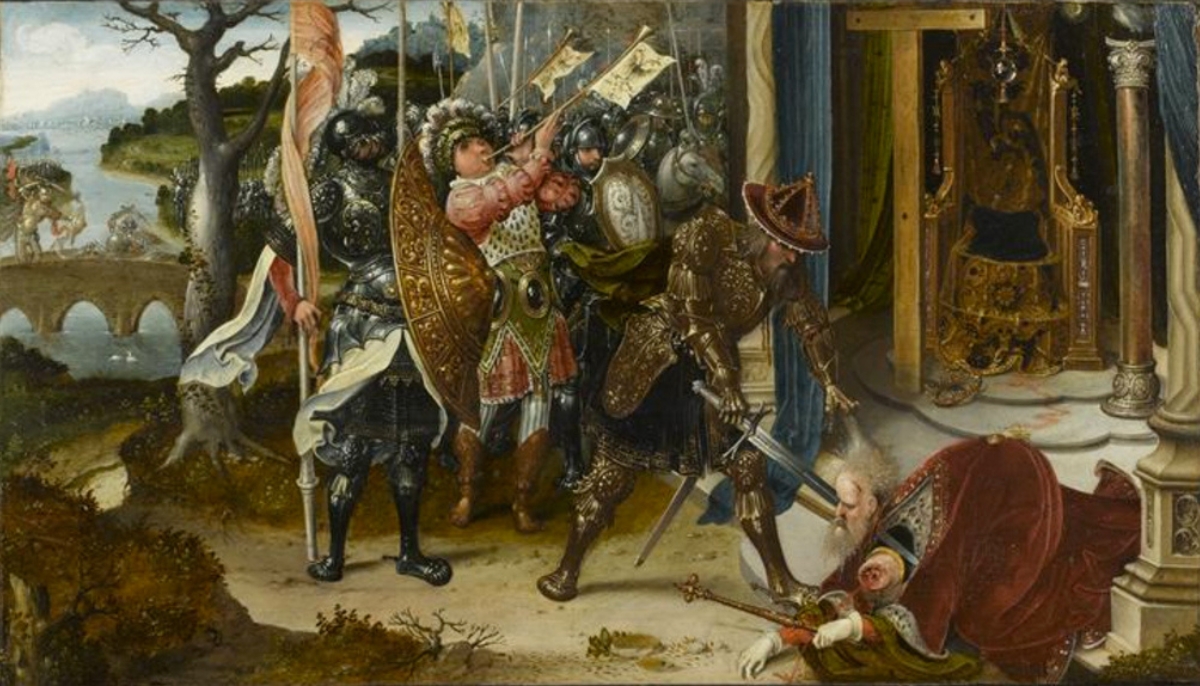
However, Heraclius’ fortunes and legacy drastically changed in 622. Leaving Constantinople, he embarked on a remarkable series of campaigns, framing them as a religious war.
Over the next seven years, he achieved a succession of stunning victories against the Persians, fighting through Armenia and into Mesopotamia, even sacking Khosrow’s palace at Dastagird.
These victories culminated in Khosrow’s ousting in a coup, with his son agreeing to peace with Heraclius and returning all the lost Byzantine territories.
Heraclius’ crowning achievement was his triumphant march through Jerusalem in 629, restoring the True Cross to its rightful place. This event marked a high point in his reign and Byzantine history.
Rise of the Arabs
However, this period of peace was short-lived. The Arab armies, a new and formidable force, began their invasions. Despite initial skirmishes, the Byzantines suffered a decisive defeat at the Battle of Yarmouk in 636. Before Heraclius’ death, the Arabs had conquered significant territories, including Egypt and the Levant.
Heraclius’ legacy is complex. His meddling in religious matters and the eventual territorial losses marked his reign.
However, these losses should be contextualized; the rapid and unexpected Arab invasions took the empire by surprise, and the early losses against the Persians began before his ascension.
Heraclius’ ability to recover from the brink of collapse and his stunning military comebacks highlight why he is regarded as one of the greatest Byzantine emperors.
8. John I Tzimiskes
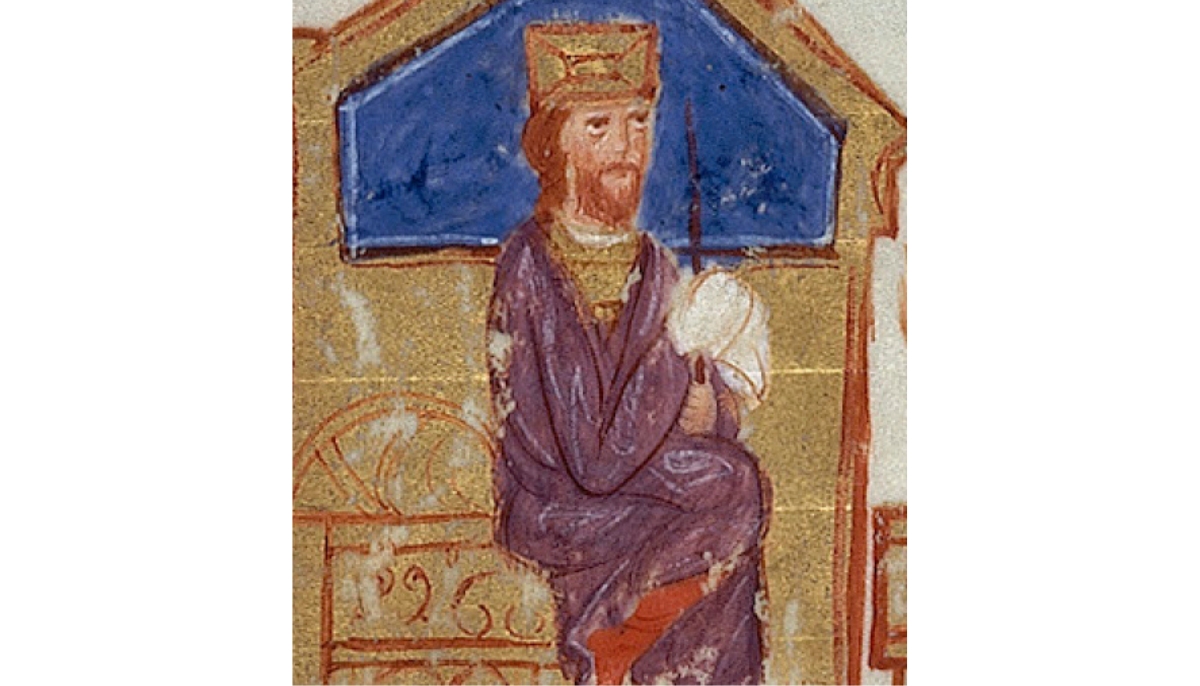
- Reign: 969 to 976
- Dynasty: Macedonian
John I Tzimiskes is often remembered as one of Byzantium’s most underrated rulers. His ascent to the throne was marked by controversy, as he came to power by conspiring to assassinate his predecessor and uncle, Emperor Nikephoros II Phokas.
Despite the short duration of his reign, Tzimiskes’ impact was significant and largely positive. Before becoming Emperor, he had already established a reputation as a victorious general, which helped him gain popularity and respect.
Military success of John I Tzimiskes
His rule was characterized by decisive actions to consolidate the empire’s power. He effectively quelled revolts and worked towards strengthening Byzantine authority.
In Thrace, the Byzantine Empire faced significant challenges from the Rus, who posed a serious threat to the stability and security of the region. Tzimiskes launched effective campaigns to counter this threat by leveraging his military expertise.
Eastern conquests
Tzimiskes’ military prowess was particularly evident in his campaigns against the Abbasid Empire and its vassals. In 972, he invaded Upper Mesopotamia, beginning his ambitious military expeditions.
His second campaign in 975 was aimed at Syria. His forces achieved impressive victories, capturing cities such as Emesa, Heliopolis, Damascus, Tiberias, Nazareth, Caesarea, Sidon, Beirut, Byblos, and Tripoli. However, they fell short of capturing Jerusalem.
Death and legacy
John I Tzimiskes died suddenly at age 51, leaving his ambitious plans unfulfilled, including the conquest of Baghdad.
This untimely death limited the scope of his achievements and his historical position. However, his reign was notably free of significant downsides, and his military successes and plans for expansion led many to believe that, had he lived longer, he could have risen much higher on the list of great Byzantine emperors.
7. Zeno
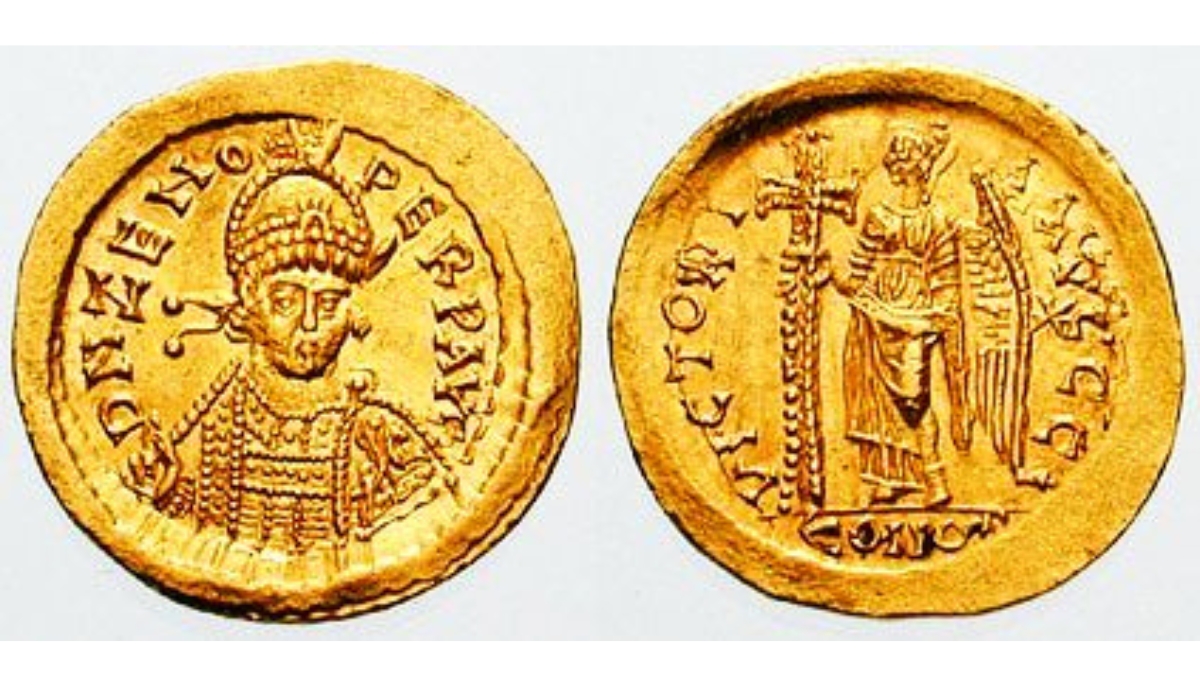
- Reign: 476 to 491
- Dynasty: Leonid
Zeno’s reign coincides with a pivotal moment in Roman history – the fall of the Western Roman Empire. Ascending to power in the East during this tumultuous period, Zeno’s rule was marked by significant challenges and a unique diplomatic approach that had lasting impacts.
Zeno, the outsider
One of the critical challenges Zeno faced was the issue of legitimacy and acceptance. As an Isaurian from modern-day Turkey, many of his subjects viewed him as an outsider, contributing to alienation and distrust within the empire.
This outsider status was compounded by internal strife, including revolts from various factions, including his brother.
Zeno and the Goths
Despite these hurdles, Zeno demonstrated remarkable strategic acumen, particularly in dealing with the Gothic invasions that devastated the Western Roman Empire.
He skillfully manipulated the situation, eventually negotiating a deal that moved the Ostrogoths to Italy. This maneuver was a masterstroke in diplomacy and military strategy, as it relieved the Eastern Empire of a significant threat and helped secure its borders.
Zeno’s death in 491 marked the end of a reign that, despite his unpopularity, laid the foundations for a stable Eastern Roman (Byzantine) Empire.
Under Zeno, the Eastern Roman Empire found the stability it needed to continue Roman rule for another millennium, a testament to his practical, though often underappreciated, leadership.
6. Anastasius
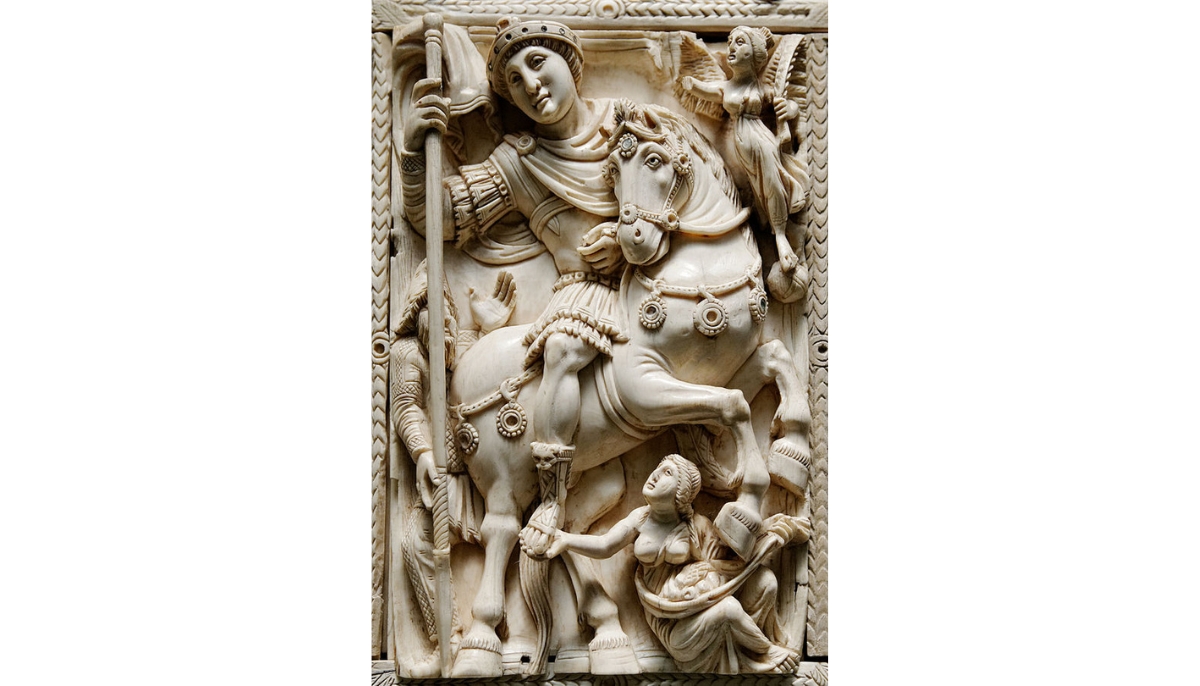
- Reign: 491 to 518
- Dynasty: Leonid
Anastasius, ascending to the throne at 61, built upon the stabilizing work of his predecessor, Zeno. Before becoming Emperor, he had already established himself as a successful administrator, a skill defining his reign, which was more focused on internal consolidation than external military conquests.
Early in his reign, Anastasius faced and overcame revolts, including challenges in Isauria stemming from Zeno’s brother and Thrace. His ability to quell these uprisings demonstrated his effectiveness in maintaining stability within the empire.
Financial reforms of Anastasius
However, Anastasius’ most enduring legacy lies in his financial reforms, which had a transformative impact on the Byzantine Empire. He revolutionized the economy by introducing new coinage and shifting the tax system from in-kind payments to cash transactions.
This monetary overhaul not only streamlined the empire’s finances but also directly and positively affected the military. Now paid in cash, soldiers could purchase their own equipment, a change that was well-received by the rank and file.
Furthermore, Anastasius implemented tax collection reforms, reducing corruption and more efficient revenue generation.
The financial prosperity fostered under Anastasius’ rule enabled him to raise a formidable army of 50,000 men to counter a Persian invasion. His administration successfully negotiated a peace deal with Persia and fortified the empire’s eastern borders, enhancing its security and stability.
Legacy of Anastasius
Anastasius passed away at 88, leaving an empire with a robust treasury, secure borders, and a well-funded military.
The foundations laid by Zeno and Anastasius were crucial in providing the stable platform from which Emperor Justinian would later launch his ambitious (though ultimately unsuccessful) campaigns to reunite the Roman Empire.
This raises an intriguing question: What is more impressive? Stabilizing an empire in disarray over two successive reigns or risking it all to reunite the Roman Empire?
Anastasius’ reign, marked by prudent administration and transformative economic policies, makes a strong case for the former.
5. Basil II
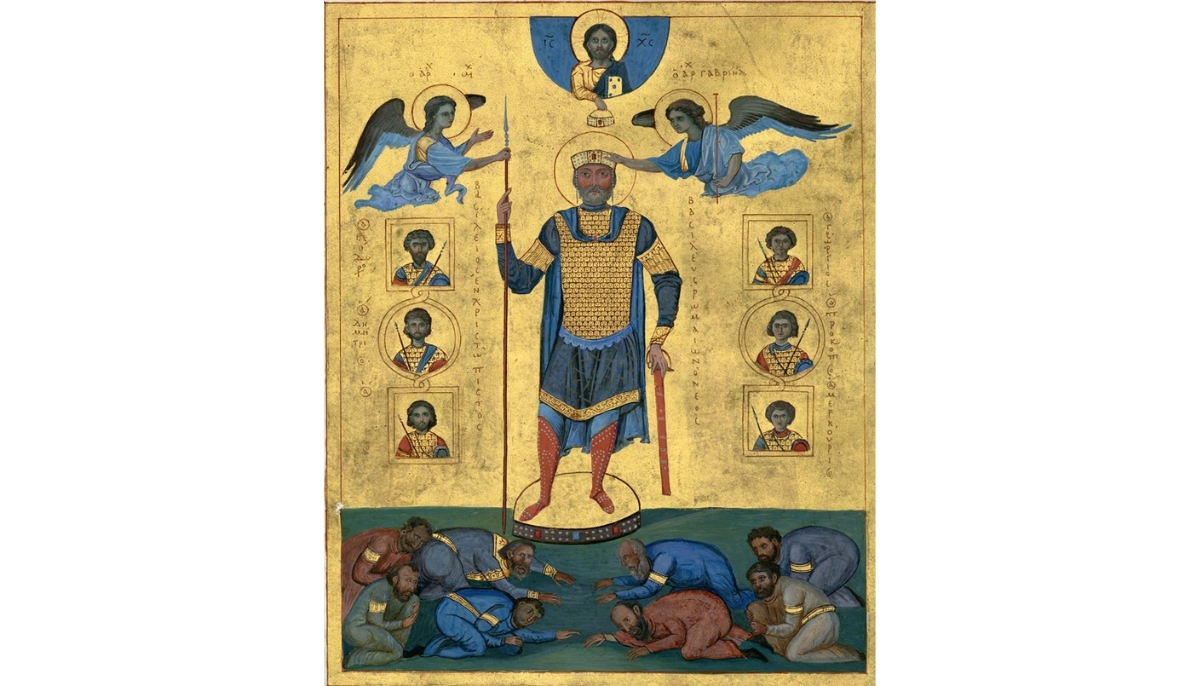
- Reign: 976 to 1025
- Dynasty: Macedonian
Basil II, who succeeded John I Tzimiskes, was the longest-reigning Emperor in Byzantine history. He is often celebrated for his military prowess and strategic vision. His reign from 976 to 1025 was primarily defined by a series of successful military campaigns, with his reconquest of Bulgaria being the most famous.
Reconquest of Bulgaria
Known as “Basil the Bulgar Slayer,” he dedicated two decades to capturing Bulgarian cities and pacifying the region.
One of the most notorious (albeit likely apocryphal) tales from this period tells of Basil blinding 99 out of every 100 of 15,000 captured Bulgarian soldiers. He left one in each group sighted to guide the others back to their ruler, Samuel, who allegedly died from shock upon witnessing this.
Basil’s victory over the Bulgarians, followed by triumphs over the Serbs, reinstated the empire’s borders to the Danube River, a feat not achieved in 400 years. His success prompted nearby states, including Croatia, to pledge allegiance to the Byzantine Empire.
Invasions into the Caucasus
Lesser-known but equally significant were Basil’s invasions into the Caucasus. His expansion into Georgia and Armenia showcased his foresight.
Control of these territories protected Anatolia, Mesopotamia, and Syria from attacks and provided Byzantine forces with a strategic base for potential future campaigns deeper into Mesopotamia.
Legacy of Basil II
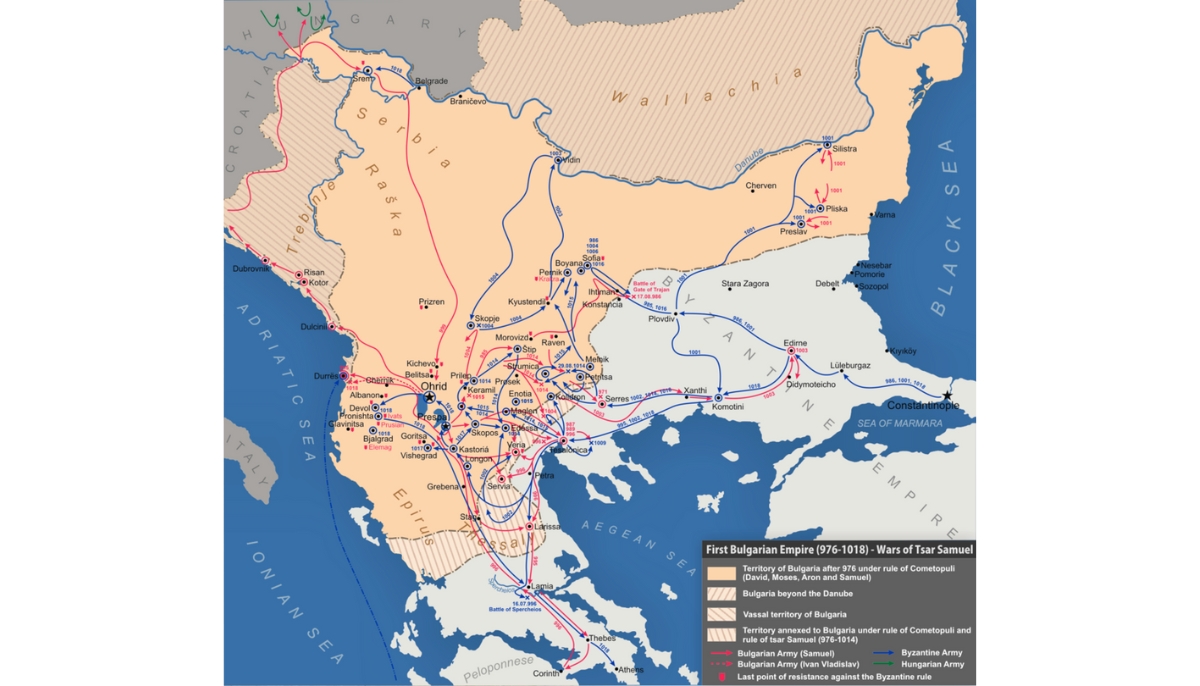
However, Basil II’s legacy is not entirely positive. His focus was almost exclusively on military campaigns, and he functioned much like an emperor-general, reminiscent of later Western emperors such as Aurelian.
A notable oversight in his reign was the lack of a succession plan. While he ascended to power with the empire already in a strong position and certainly capitalized on this strength, other emperors faced and overcame more significant challenges.
Basil II’s military achievements were remarkable, but they were built upon the stable foundations laid by his predecessors.
4. Manuel I Kommnenos
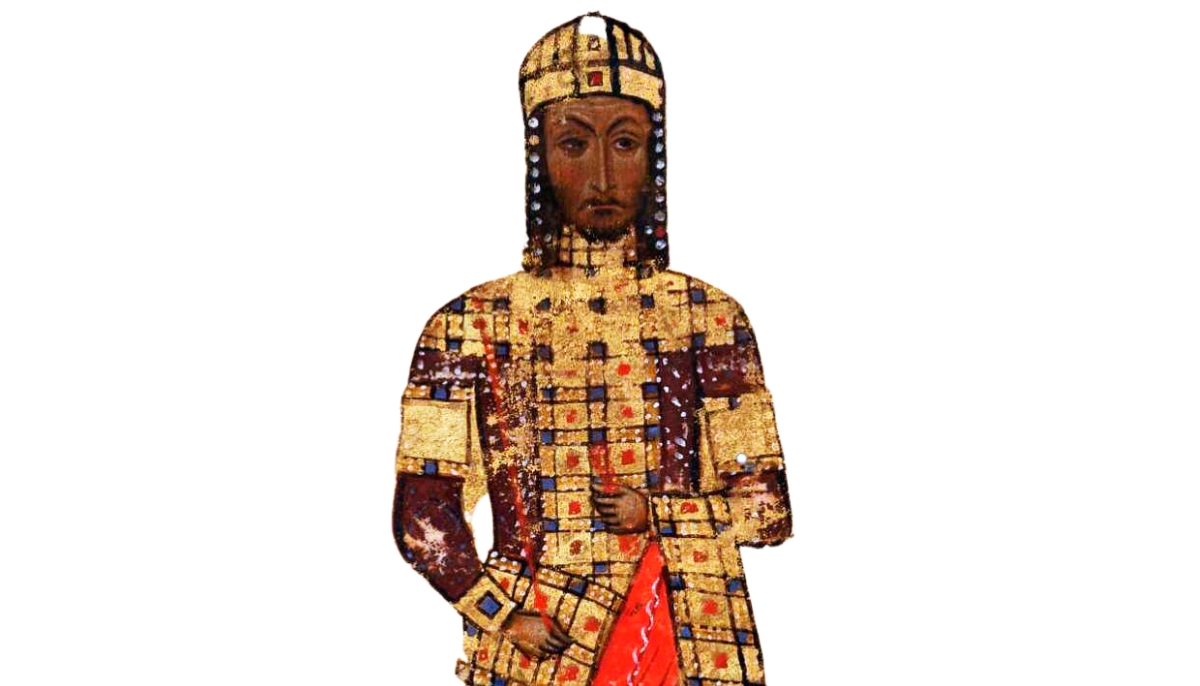
- Reign: 1143 to 1180
- Dynasty: Komnenian
Manuel Komnenos presents a particularly complex figure in Byzantine history. His reign was marked not by Byzantine supremacy but by the empire’s status as one among many European powers. Manuel’s era navigated the intricate dynamics of crusades, Latin crusader states, the Normans, the Seljuks, and more, requiring him to be a master diplomat.
Criticisms of Manuel
One of the significant criticisms of Manuel’s reign involves his failure to capitalize on gains in Anatolia and his unsuccessful attempt to capture Egypt in alliance with Almaric, the King of Latin Jerusalem.
Additionally, his decision to imprison all Venetians in the empire following a riot was a significant error with long-lasting consequences.
The strengths of Manuel
Like his predecessors, Manuel Komnenos initially concentrated his efforts towards the East. However, with the announcement of the Second Crusade, he quickly realized the need for a strategic pivot.
Manuel understood the grave threat posed by the Crusades and the necessity for Byzantium to adjust its geopolitical focus. Recognizing the shift in the political landscape, he redirected his efforts towards forging alliances in the West and focused on recapturing territories lost in that region.
This strategic shift in focus for the remainder of his reign highlights Manuel’s adaptability and foresight in navigating his time’s complex and changing dynamics.
Western Alliances
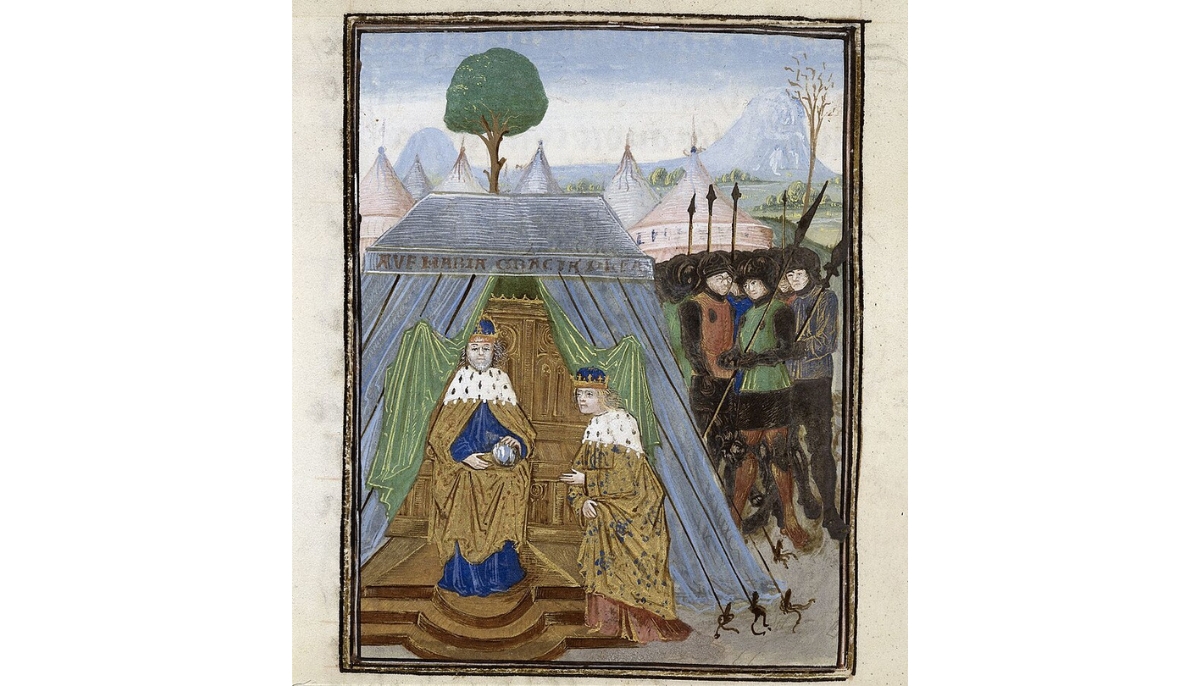
Perceiving the Normans as the primary threat, Manuel allied with German Emperor Conrad III to wage war against Roger of Sicily, the Norman king.
Although Conrad’s death and his successor Frederick’s diminished interest in the war posed challenges, Manuel persisted with his largely successful invasion plans. He also formed a significant alliance with Hungary, showcasing his diplomatic skills.
Legacy of Manuel Komnenos
Manuel Komnenos’ legacy is multifaceted. It’s easy to view his reign negatively, as it coincided with the beginning of Byzantine decline. However, it’s more accurate to say that his power extended the empire’s lifespan rather than precipitated its downfall.
He recognized the threats posed by the Crusades to Byzantium and understood that diplomatic ties were crucial in the shifting global political sphere. His ability to navigate these complex international relations makes him a significant, though often misunderstood, Byzantine emperor.
3. John III Doukas Vatatzes
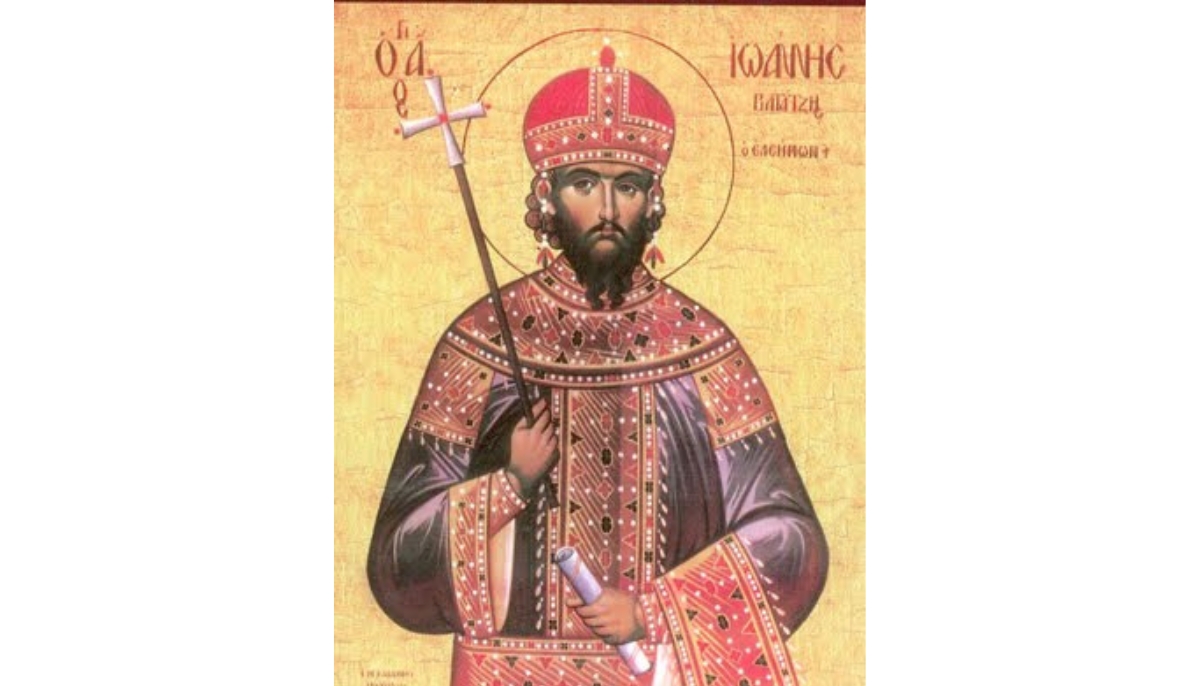
- Reign: 1221 to 1254
- Dynasty: Vatatzes
John III Doukas Vatatzes is the most underrated Emperor in the entire history of Rome. His tenure as Emperor of Nicaea was when the Byzantine Empire should have faded into history. Yet, through his leadership, the empire not only survived but thrived, paving the way for the eventual recapture of Constantinople.
Vatatzes’ reign can be seen as a masterclass in turning scarcity into abundance. How many rulers, one might ask, could have achieved so much starting from such a diminished position?
Rebuilding an Empire
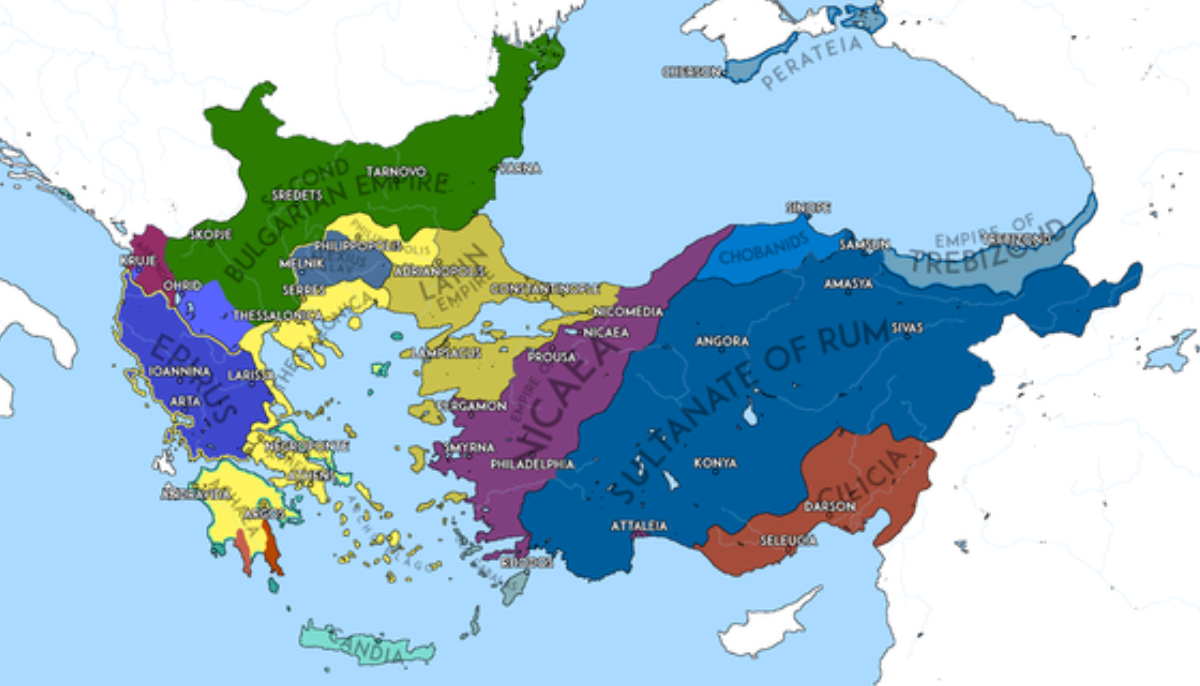
After the devastating Latin conquest of Constantinople in 1204, the Byzantine Empire was at its nadir, fragmented and weakened. Vatatzes, however, transformed this dire situation through a combination of strategic military campaigns, shrewd diplomacy, and innovative economic policies.
Vatatzes’ military prowess was evident in his crippling of the Latin Empire at the Battle of Poimamenon. This victory was a turning point in the struggle against the Crusaders.
He successfully ousted the Venetians from the Hellespont and recaptured Thrace from the Latins, demonstrating his strategic insight. Additionally, he orchestrated a temporary alliance with Bulgaria, preventing their conversion to Catholicism and solidifying Byzantine influence in the region.
His efforts in building and maintaining a capable navy were crucial. The navy’s achievements included retaking Rhodes and blockading Constantinople, contributing significantly to the empire’s territorial reconquest in Europe.
Diplomatic and Economic Success
John III’s diplomatic skills were equally remarkable. He adeptly navigated the complex political landscape of Italy, allying with Frederick II and negotiating church reunification on even terms.
John III was also notable for his economic policies, which significantly bolstered the Nicaean economy and successfully countered Venetian commercial dominance. This financial strength was crucial to the empire’s revival during his reign.
The legacy of John III Doukas Vatatzes is a testament to a single ruler’s impact on history. His reign was instrumental in ensuring the Byzantine Empire’s survival and resurgence post-1204.
In the annals of Roman history, few emperors managed to turn so little into so much, making Vatatzes a figure whose achievements deserve greater recognition and admiration.
2. Alexios I Kommnenos

- Reign: 1081 to 1118
- Dynasty: Komnenian
Alexios I Komnenos ascended to the throne when the Byzantine Empire was in a precarious state, yet he left it on the cusp of its last great age. When he came to power, the empire had recently lost its Anatolian heartland, a devastating blow to its territorial integrity and strength.
The first crusade
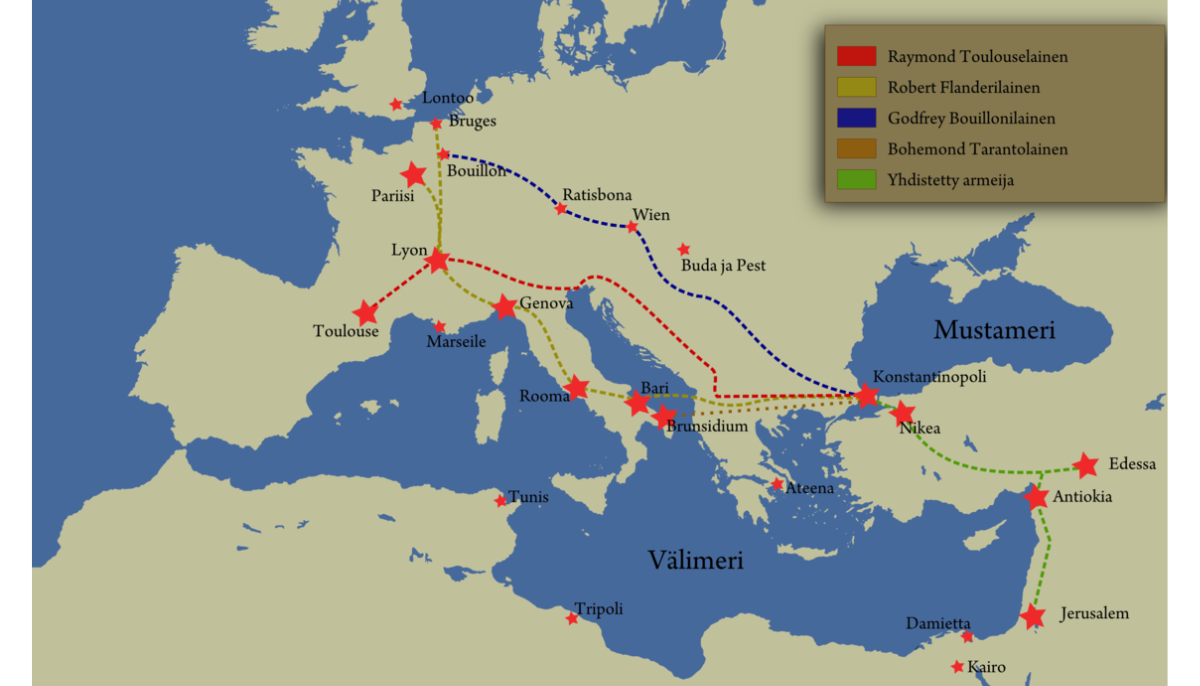
Recognizing the need for external assistance to reclaim lost lands, Alexios contacted the West. His call for aid played a pivotal role in the launch of the First Crusade.
Unlike handling subsequent crusades, Alexios managed this first one with exceptional skill. He succeeded in extracting oaths of loyalty from leading crusaders and strategically directed their route to benefit Byzantium, leading to the recapture of vital eastern cities like Nicaea.
Komnenian system of government
In addition to his military and diplomatic achievements, Alexios introduced a novel system of governance based on personal relationships with the Emperor. This approach stabilized the political situation in Constantinople at a critical juncture.
While this system would eventually become unsustainable, it was vital in maintaining unity and preventing civil wars that could have been catastrophic for the empire then.
Legacy of Alexios I Komnenos
Alexios I Komnenos’ legacy is significant. His leadership was crucial when the empire could have quickly fallen to the Seljuk Turks or succumbed to a mismanaged Western crusade (as later happened in 1204).
His ability to navigate internal and external challenges and lay the groundwork for a revival of Byzantine fortunes marks him as a great emperor in a critical period of Byzantine history.
1. Leo III

- Reign: 717 to 741
- Dynasty: Isaurian
Leo III, the founder of the Isaurian dynasty, is the savior of the Byzantine Empire. His ascent to the throne was marked by shrewd strategy and diplomatic intrigue.
In 716, he struck a clandestine deal with Prince Maslama, the Muslim commander, promising submission to the Caliph’s sovereignty in exchange for withdrawing Muslim forces. This maneuver was a ruse to facilitate his rise to power, removing Theodosios III from the throne.
The Defence of Constantinople
Upon seizing control, Leo III revealed his true intentions. Far from submitting to Muslim rule, he prepared to defend Constantinople against the Arab invasions that had relentlessly battered Byzantium.
Leo III’s defense of Constantinople during the siege of 717-718 stands as a defining moment in Byzantine and world history. This siege was not just a military engagement; it was a battle for the survival of the Byzantine Empire and a turning point in the struggle between the Byzantine and Umayyad empires.
Preparation
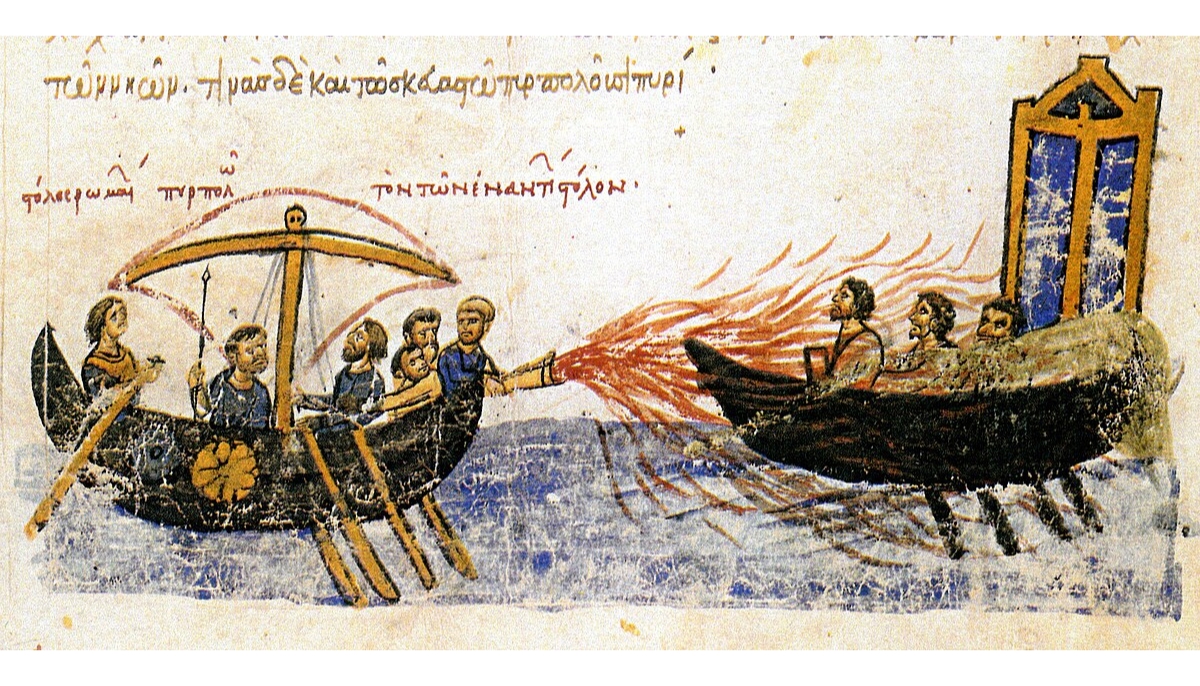
As the Arab forces, led by the Umayyad Caliphate under Sulayman, approached Constantinople, Leo III’s strategic foresight became evident. He had already fortified the city, recognizing its vulnerability after previous sieges. The massive Theodosian Walls were strengthened, and the city’s granaries were filled to prepare for a prolonged siege.
The Arab forces arrived with a formidable navy and army, laying a tight siege around the city. They attempted to breach the walls with various siege engines, but the Byzantines held firm under Leo’s command. One of the critical factors in the city’s defense was the use of “Greek fire,” a Byzantine incendiary weapon that wreaked havoc on the Arab fleet, causing significant losses.
Furthermore, the Byzantines employed clever tactics, such as sending out small raiding parties to disrupt the Arab supply lines. The harsh winter of 717-718 also played a role, as it further weakened the besieging Arab forces, who were not prepared for the cold and suffered from a lack of supplies.
Bulgarian backups
The turning point came with the arrival of Bulgarian reinforcements. These forces attacked the Arab forces from the rear, further compounding their difficulties. Faced with the relentless defense of the city, supply shortages, harsh weather conditions, and an external attack, the Arab forces were forced to retreat in disarray on August 718, marking the end of the siege.
The successful defense of Constantinople by Leo III was a monumental achievement. It not only saved the Byzantine Empire but also halted the westward expansion of the Umayyad Caliphate, preserving Eastern Europe and potentially beyond from Muslim conquest. This victory cemented Leo III’s legacy as one of the greatest Byzantine emperors, a ruler who changed the course of history through his military acumen and strategic foresight.
Going on the Offensive
The Arab threat persisted in the following years, but Leo continued his military efforts against them, culminating in a significant victory at Akroinon in 740. This further weakened the Arabs, allowing his son and successor to take a more offensive stance.
Leo’s impact extended beyond military achievements. He significantly advanced the administrative system of themes, learning from his rise to power the risks of large, unified territories under single commanders. He secured the empire’s internal stability and governance by dividing and reorganizing these regions.
Legacy of Leo III
Both triumphs and controversies mark his legacy. The Ecloga, a legal code Leo issued, was a significant contribution. However, his initiation of the Iconoclastic Controversy is a blemish on his record.
The lack of extensive written sources about his reign has kept him underrated. Had there been a contemporary account like “The Alexiad,” Leo III might have been more widely recognized for his crucial role in preserving and rejuvenating the Byzantine Empire?
During one of its darkest hours, his leadership ensured the empire’s survival and laid the foundations for its future prosperity.
These ten rulers, from the cunning Leo III to the strategic Alexios I Komnenos, were pivotal in steering the empire through turbulent times. But what if history had taken a different turn?
How would the landscape of Eastern Europe and the Mediterranean have shifted? As we reflect on these ten greatest Byzantine emperors, let’s ponder history’s intriguing ‘what ifs’ and appreciate the complex tapestry of events and personalities that shaped this remarkable civilization.
